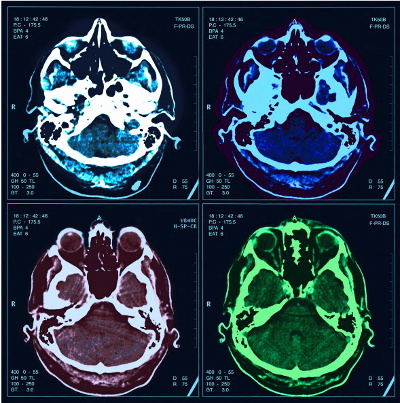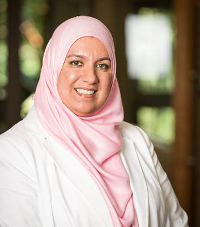Understanding longevity: From gene sequences to social inequity
03 April 2025
Published online 23 April 2015
The Middle East is a prime candidate for benefit from research into traumatic brain injury, but such study lacks academic and political support.

The region has the second highest road traffic death toll; with Iraq and Oman sustaining the greatest fatalities, according to a 2013 WHO report1. Lax road regulations and violent conflict in the region are causing the numbers of TBI to reach an all-time high.
Survivors of TBI often experience long-term behavioral consequences and neuropsychiatric disorders including post-traumatic stress disorder (PTSD), anxiety, depression and dementia 2, 3.
The condition is also a social, medical and financial burden on sufferers, their families and healthcare systems and there are very few reports assessing the incidence and prevalence of TBI or the standard neurotherapies available to treat it.
There is a desperate need in the region for more research into TBI, which will translate into improved policies for appropriately responding to different levels of severity for TBI, in addition to preventive, diagnostic, therapeutic and rehabilitative measures.
There are too few epidemiological studies from the Middle East to have analysed the region’s high casualty rate and injuries from conflict in general, and that of TBI and its consequences in particular.
A retrospective analysis of TBI figures in Palestine from 2006-2007, shows that among major causes of TBI is assault with firearms/gunshots, followed by falls, road accidents and violent impact.4

A survey of medical databases published last year found a rise in blunt traumatic injuries in the region, attributed mainly to road accidents, falls from heights, impacts with heavy objects and motor vehicle accidents9 .
Road accidents are the main cause of death in TBI patients in the United Arab Emirates (UAE) with mortality the result of more than 50% of TBI incidence, ,a pilot study suggests10. Another UAE study shows that 69% of TBI patients are car drivers, 15% pedestrians, 9% motorcyclists, and 5% cyclists11.
Collectively, these statistics, though not comprehensive, suggest we must raise the level of alarm about TBI.
We urge leaders in the medical community to support studies into TBI and to join forces with legislative and community outreach centres to educate the public about its impact. A lack of interest from policymakers about TBI research and its treatment is the reason the subject receives little funding..

The first step, in our opinion, is to start by providing proper statistical surveillance in addition to quantifying the magnitude of the impact that TBI has on victims; of their life-long disabilities and the burden on the healthcare system and society. This may draw policymakers’ attention to addressing the issue.
We need strict traffic and safety policies in line with recommendations by the WHO’s Global Safety report of 20131. Some of these are easily applicable, such as installing speed control cameras, enforcing use of child restraint and seat belts, and promoting proper use of helmets.
The region will benefit immensely from experimental and translational neurotrauma research. Between patients, clinical scientists and medical resources, the Middle East has the capacity to bridge links between enhanced diagnostic TBI biomarkers studies, neurotherapeutic interventions and clinical studies focused on clinical diagnosis, management and treatment of TBI patients.
In our opinion, this region must be prioritised as the ideal environment to conduct clinical TBI studies.
One way to initiate this is to increase the allocation of joint grants and funds from governments, private foundations or industrial companies for TBI-related research. This should also complement ongoing research at academic institutes in the region. It is important that research institutes seek joint collaboration with leaders in the field of neurotrauma, plus focus their research on topics that impact diagnosis, management and neurotherapeutic efforts.
The “BRAIN” initiative in the USA is a successful model; it has laid out the roadmap for increased visibility of the research community and has joined efforts with national, federal, academic and industrial agencies to advance the field of neurotrauma.
In our opinion, this region must be prioritised as the ideal environment to conduct clinical TBI studies due to the ongoing conflicts. This makes it a conducive milieu to obtain plenty of scarce clinical samples for biomarker research from different cohorts of TBI patients (severe, mild, concussive and repeated TBI impacts) – a research area still in its infancy.
This initiative will have important global implications for improved diagnostics/biomarkers, and neurotherapeutic outcome measures. We have excellent neurotrauma scientists and practitioners as well as state-of-the-art methodologies in the Middle East. To achieve a breakthrough in TBI research we now need the will and support of this region’s science leaders and research communities.
Equally important, we need to raise awareness of TBI’s full impact on society in order to get the attention and put pressure on politicians.
doi:10.1038/nmiddleeast.2015.72
Stay connected: